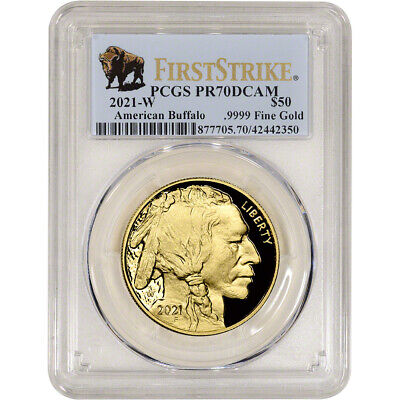In the coin collecting and investing world, proof coins hold a special place due to their distinct characteristics and historical significance. Whether you are a seasoned collector or a newcomer to the world of numismatics, understanding proofs can provide valuable insights into their appeal and value. This article will delve into the nature of proofs, their production process, and factors influencing their market value.

Understanding Proof Coins
Proofs are specially minted coins primarily created for collectors rather than general circulation. They are distinguished by their high-quality finish, which gives them a mirror-like appearance. The term “proof” does not refer to the coin’s metal content or historical significance but rather to the method of manufacture.
The Manufacturing Process of Proofs
The creation of proof coins involves several meticulous steps to ensure they meet the highest quality standards. Here is an overview of the process:
- Die Preparation: The dies used for striking proofs are polished and treated carefully to ensure a pristine finish. This preparation is crucial in achieving the desired level of detail and mirror-like surface.
- Blasting and Polishing: Coin blanks, or planchets, are polished before striking. This helps in removing any imperfections that could affect the final appearance.
- Striking Process: Proofs are struck multiple times (usually at least twice) with specially prepared dies. This process ensures the design is sharply defined and the surface remains smooth and reflective.
- Quality Control: After striking, each proof coin undergoes a rigorous quality control process to ensure it meets the required standards. Any coins that do not meet the standards are rejected.
Characteristics of Proofs
Several features distinguish these coins from other minted coins:
| Characteristic | Description |
|---|---|
| High Detail | The multiple strike process results in coins that exhibit sharp and intricate details, making them highly sought after by collectors. |
| Mirror-Like Finish | The polished dies and planchets used in production give proof coins a distinctive reflective quality. |
| Limited Mintage | Proof coins are typically minted in lower quantities compared to regular circulation coins, adding to their rarity and appeal. |
| Packaging | These coins are often sold in protective cases or capsules, which help maintain their condition over time. |
Types of Proofs
Various proof coins exist, reflecting the diversity within the numismatic world. Some common types include:
- Commemorative Proof Coins: These are often issued to mark significant events, anniversaries, or individuals, adding historical value.
- Standard Proof Sets: These sets include proof versions of all the coins issued by a particular mint in a given year.
- Silver and Gold Proof Coins: Made with precious metals, these coins appeal to collectors and investors due to their intrinsic metal value.
Investing in Proof Coins
While proofs are generally created for collectors, they can also be attractive for investors. Here are some points to consider when investing:
- Rarity and Demand: Limited production runs can make proof coins more desirable, potentially increasing their value over time.
- Condition: The pristine condition of proof coins often makes them more valuable than circulated coins of the same series.
- Historical Significance: Proof coins commemorating significant events or figures can carry additional numismatic value.
- Market Trends: Understanding market trends and demand can help make informed decisions about which proof coins to invest in.
Conclusion
Proof coins are a fascinating aspect of the numismatic field, offering collectors and investors a unique blend of artistry, history, and potential value. Their meticulous production process and distinct characteristics make them stand out in coin collecting. Whether you want to expand your collection or explore investment opportunities, proof coins offer a compelling option.